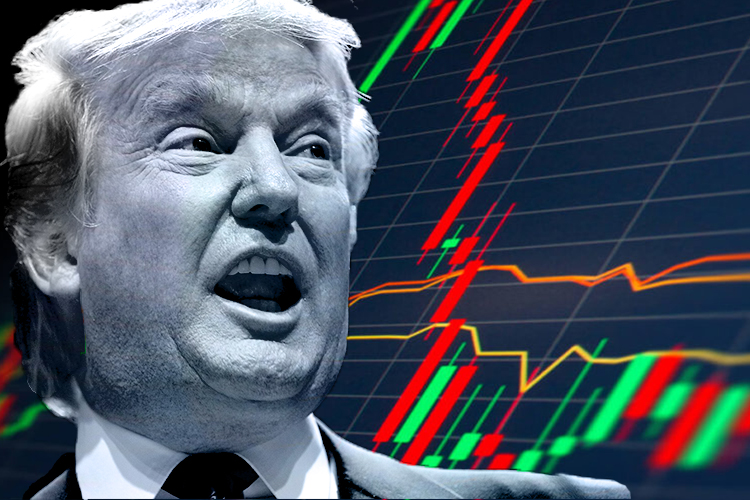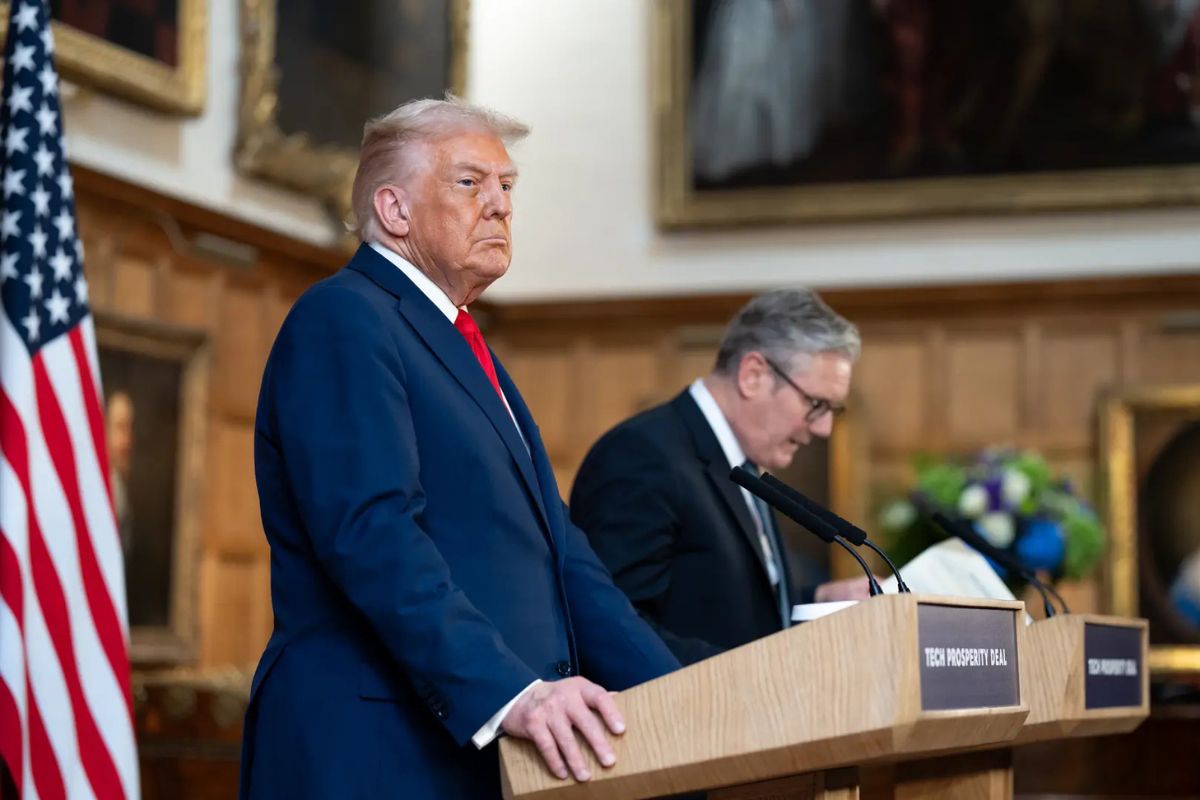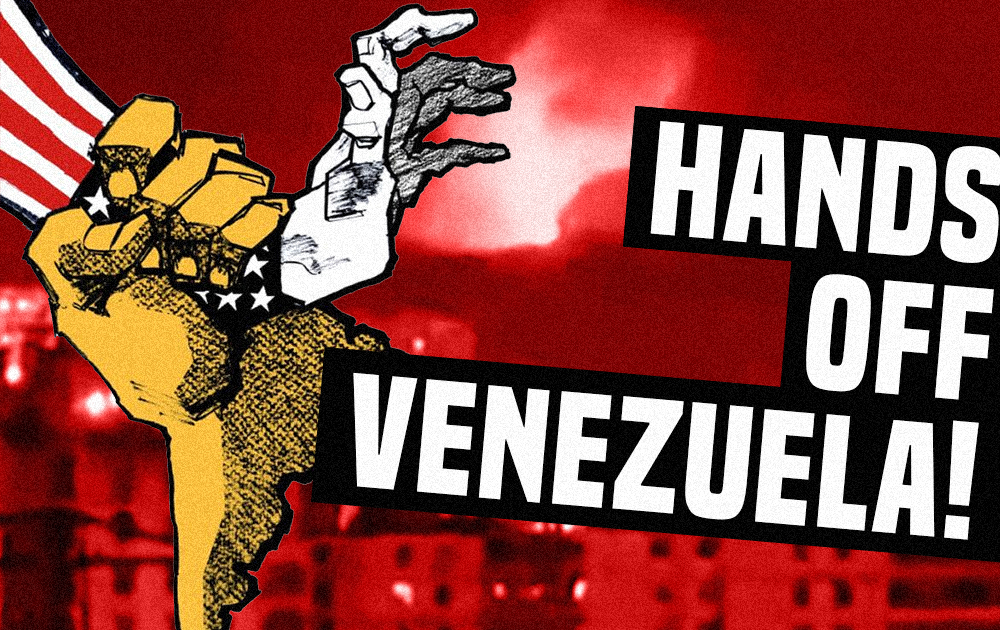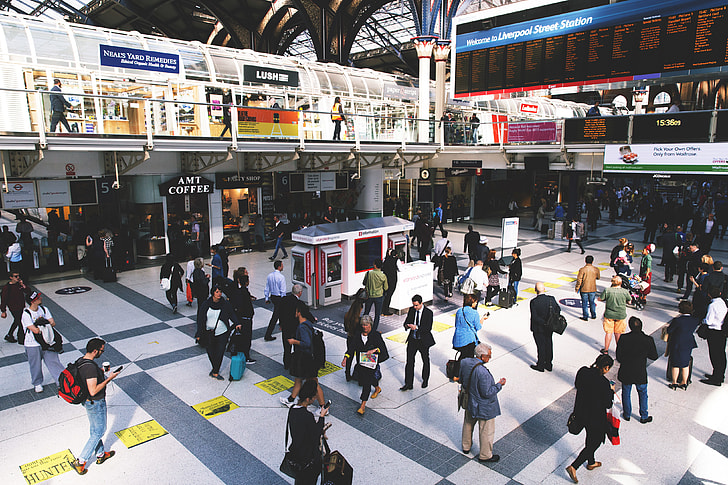After a week of market mayhem, Trump decided that retreat was the better part of valour and paused his ‘reciprocal’ tariffs. Yet, the trade war is still very much in full swing, and the markets are jittery.
The temporary relief felt by markets quickly faded as reality dawned on the traders. Sure, they have averted some of the tariffs, but many of them are still very much in place. In spite of a small bounce in the market in response to concessions made by Trump, the S&P 500 is down, oil prices are down again to $64 per barrel, and the US 10-year treasury bond is back up to 4.3 percent.
With a minimum of 10 percent on all imports, 145 percent on China, 25 percent on steel, aluminium, cars and car parts and 25 percent on Mexico and Canada (with USMCA exemptions), the average US tariff is now at 30 percent, up from 2 percent when Trump took office. This is the highest level for 100 years, higher than at any point in the 1930s.
The consequences of this are not hard to fathom. Trump himself has announced that there is going to be “pain”. For world trade, the fact that the world’s biggest market has announced 30 percent tariffs is a massive deal.
Bookings for container ships were down 49 percent globally in the first week or so of April. Bookings for imports to the United States were down 64 percent. The 90 day pause might grant some relief, but many companies ordering from abroad face much longer lead times than that – that is, whatever they order today will take more than 90 days to arrive. So, they’re holding off until they know if the tariffs are coming back or not.
Uncertainty in itself has a massively corrosive effect on the world economy, both on orders and, even more so, on investments. Who would want to build a new plant in this environment (whether in the US or elsewhere) when there is no way of knowing where they are going to get their components from?
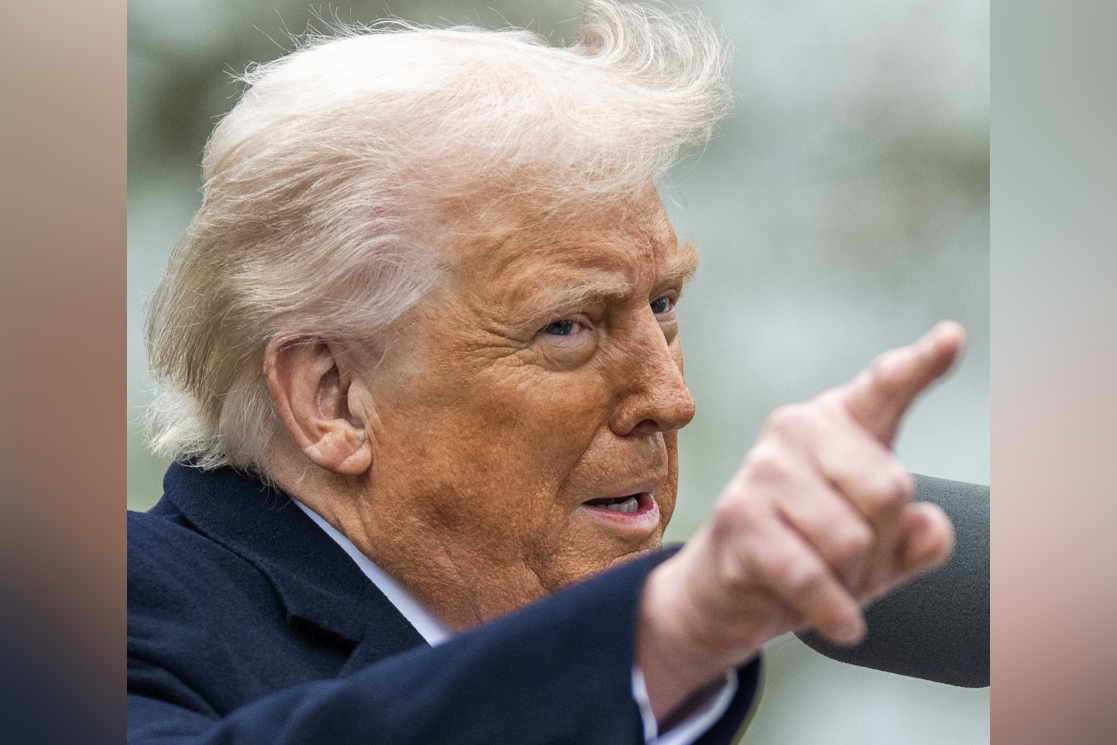
Trump’s idea is, naturally, to use his tariffs to force all factories to move to the United States. This is a dystopian dream. It was the very development of industry over the past few decades that forced increased specialisation and the world division of labour. In order to produce the advanced technology that is in use at the present time, not even the vast US market is sufficient.
The fact that the nation state puts a limit on the development of the productive forces has been explained time and again by Marxists: by Marx, by Engels, by Lenin and by Trotsky.
Take the example of General Electric’s very popular CFM56 narrow-body aircraft engine. It is assembled in two plants in Ohio and France, with the Ohio one delivering to Boeing and the French one to Airbus. However, the production of the components that both plants require for the assembly of the engine are divided in two, with half the parts produced in France and half in the US. In other words, there is only one production line in the world for the second-to-last step in the production chain.
For General Electric to avoid the 10 percent tariff, they would have to build another factory in the US, and, once the EU retaliates, another factory in France as well. No doubt the costs would be very large. And this, it should be added, is just the second-to-last step. Any of the highly specialised components that are needed for that step could also be subject to tariffs, as many of them are likely to originate from just a few suppliers in East Asia, Europe or the US.
Another example is ASML, which produces the world’s most advanced lithography machines. They work with 5,000 direct suppliers around the world to produce this highly complex machinery. Naturally, these suppliers have, in turn, their own suppliers, and so on. Breaking up these supply chains would again increase the cost of these machines and potentially make them impossible to produce.
Many similar examples can be drawn from the car industry, where anything from transmission, to gearboxes, to engines involve a large number of very specialised parts produced at a very high specification. One CEO of a car manufacturer pointed out that the testing process for new suppliers, in itself, takes several months in order to ensure that the quality of the product is up to standard.
No wonder that, as Trump put it when he announced his climbdown, “people were jumping a bit out of line, they were getting… yippy, you know”. Although most market traders, like Trump and his hedge fund manager advisors, are probably unaware of the complexity of modern industrial production, the reality is dawning on them, and they are indeed getting a bit “yippy” as a result.
The trade war with China in itself will cause massive dislocation. The tariffs, at 125 percent, are now prohibitively high. The Chinese government let it be known that they won’t raise tariffs even further, as “it would be economically meaningless and would become a joke in the history of the world economy”.
These tariffs spell disaster for many US manufacturers who rely on Chinese parts. Goldman Sachs estimates that China has a monopoly (more than 70 percent of the market) on the production of one-third of the products that the US imports from China. This will make it extremely difficult to find alternative suppliers with sufficient capacity to take up the slack.
The US economy is quickly moving towards recession. As an indication, machine tool builder Haas Automation, based to the north of Los Angeles, reported a dramatic decrease in demand from both domestic and foreign customers. Capital investment is often the first thing to go in a recession.
Just as worried are the European governments, who are terrified about the spillover effects on the European economy. Not only do they face 10 percent tariffs on all exports to the US and 25 percent on the important metal, car and car part exports, but all the goods that were previously being shipped off to the US will now have to find an alternative market. As happened before with steel and electric vehicles, it is likely that Chinese goods will now flood the European markets.
In a slightly panicked response, Ursula von der Leyen, the President of the European Commission, attempted to speak to Chinese Premier Li Qiang. She apparently managed to solicit a promise from the Chinese to “work with Europe” to prevent disruption to the world markets. However, the Chinese government’s own account of the phone call emphasised the need for free trade and criticised EU electric vehicle tariffs: “Protectionism leads nowhere,” he apparently told her, “openness and cooperation are the right path for all.”
Clearly, Chinese manufacturers will need to find markets for their products, and the Chinese government will need to ensure that they find them, in order to avoid a recession of their own and to strengthen their hand against the US.
The crisis is, in other words, only beginning. Workers around the world will be looking on with a mixture of horror and fascination as the capitalist class drives the world economy off a cliff.
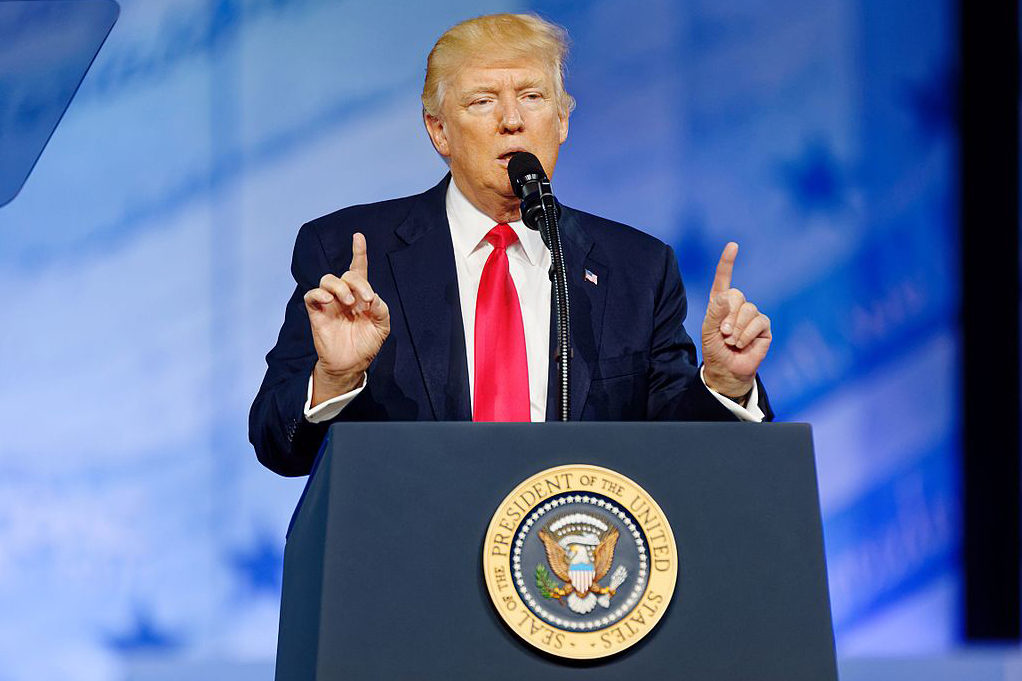
Trump is promising to turn the clock back to the 1950s or 1960s when the US economy was booming and workers had jobs with more decent conditions and wages. The liberals, naturally, are demanding that we turn the clock back to last year. ‘If only it wasn’t for Trump, or the AfD, or Farage, or Le Pen’. ‘If only everyone could go back to agreeing that protectionism is a bad thing’.
Although there will no doubt be ups and downs in the level of tariffs over the coming period, the general direction of travel has been set out for some time. Biden and Obama both engaged in protectionism: Obama with his American Recovery and Reinvestment Act of 2009, where he launched the slogan “buy American”; and Biden with his Inflation Reduction Act. Trump has just raised it to the next level.
The reality is that the capitalist economy is suffering senile decline, and there is nothing governments can do to stop that. If they aren’t attempting to sell us yet another course of belt-tightening, all they can offer the workers is the snake-oil cure of protectionism. This could, at best, offer temporary relief, but at the cost of intensifying the crisis on a world scale.
As the capitalist governments are imposing massive attacks on workers all across the world, class struggle will be on the order of the day. A trade war raises the ugly prospect of mass unemployment and inflation. The working class will have to fight back to avoid destitution.
The question isn’t really one of free trade or protectionism, a choice which is currently troubling the minds of the leaders of the labour movement. Under conditions of deep crisis, neither of these will move us one single step forward. If we were to limit ourselves to what can be achieved under capitalism, we would condemn ourselves to misery and destitution. The struggle can only be moved forward with socialist demands, starting with nationalising all those industries threatened with closure under workers’ control. The labour leaders abandoned socialism, the crisis has put it back in the centre of the agenda.

